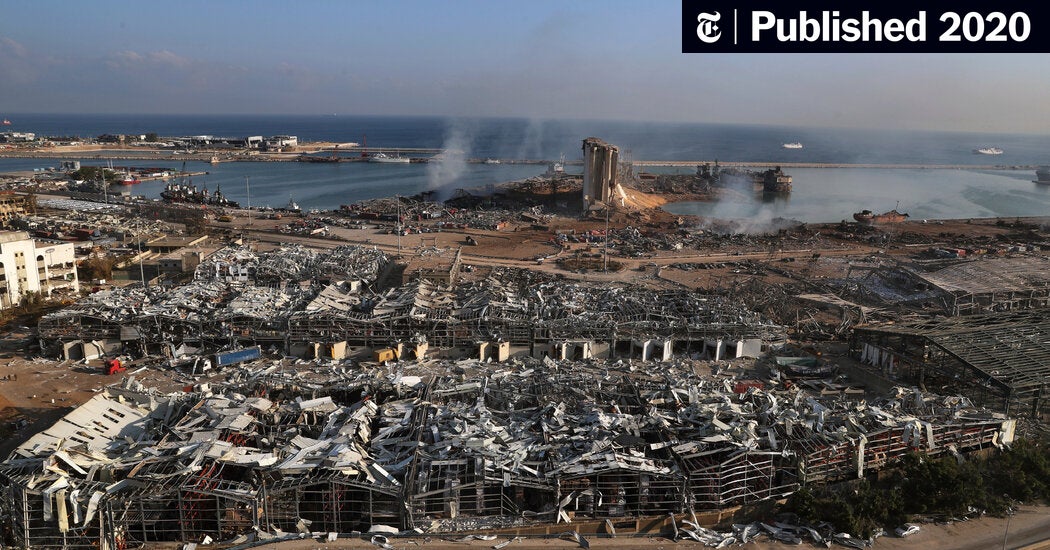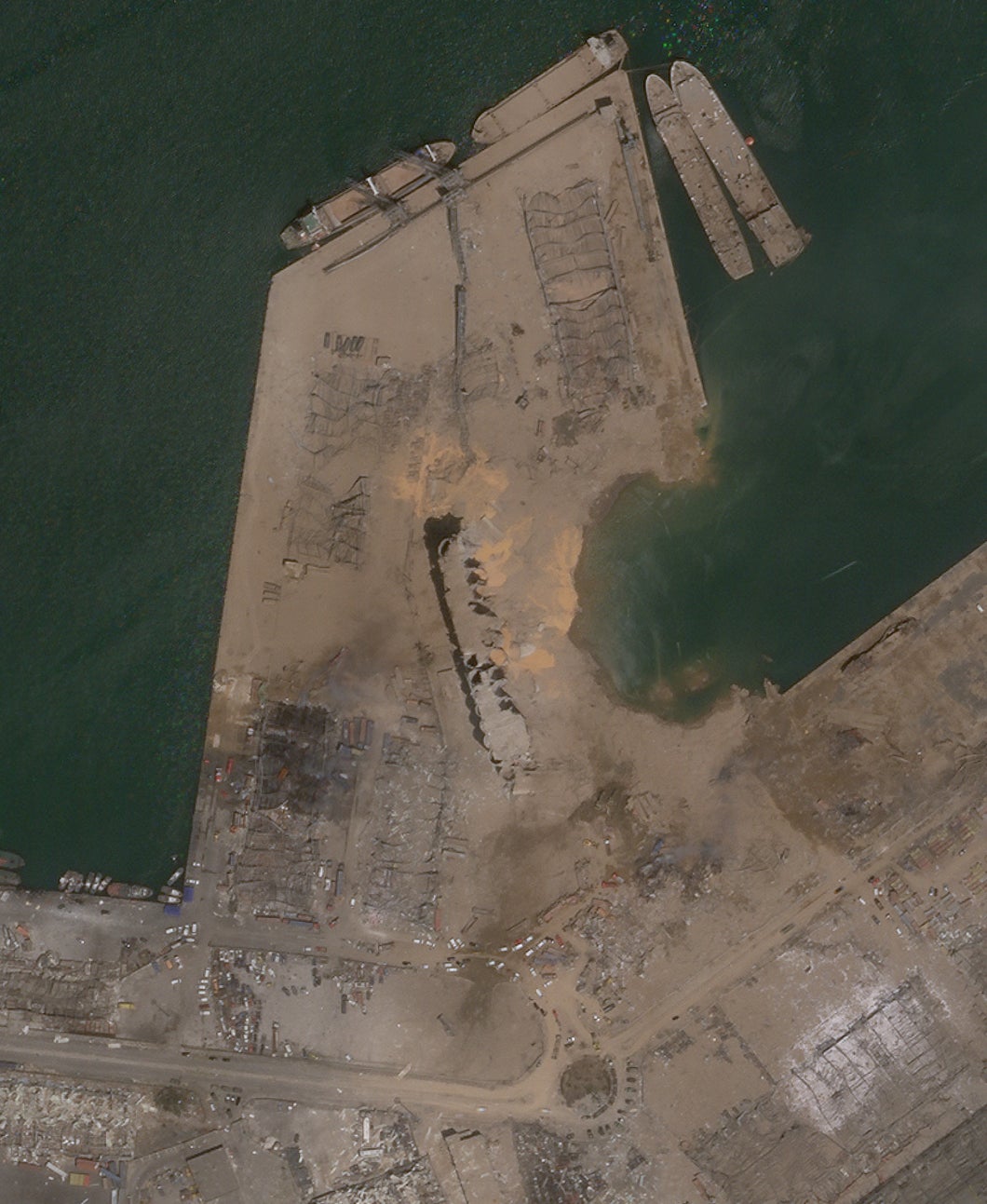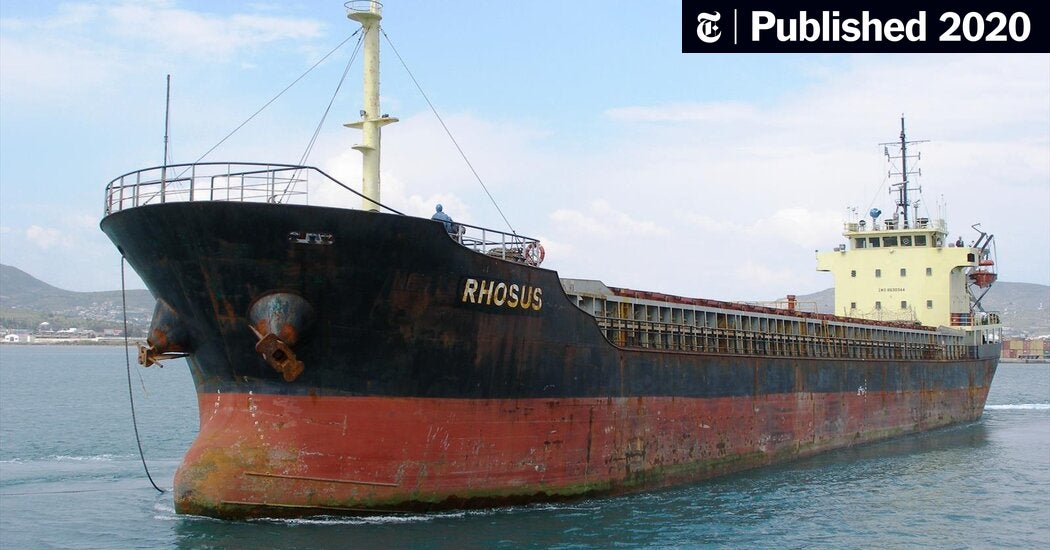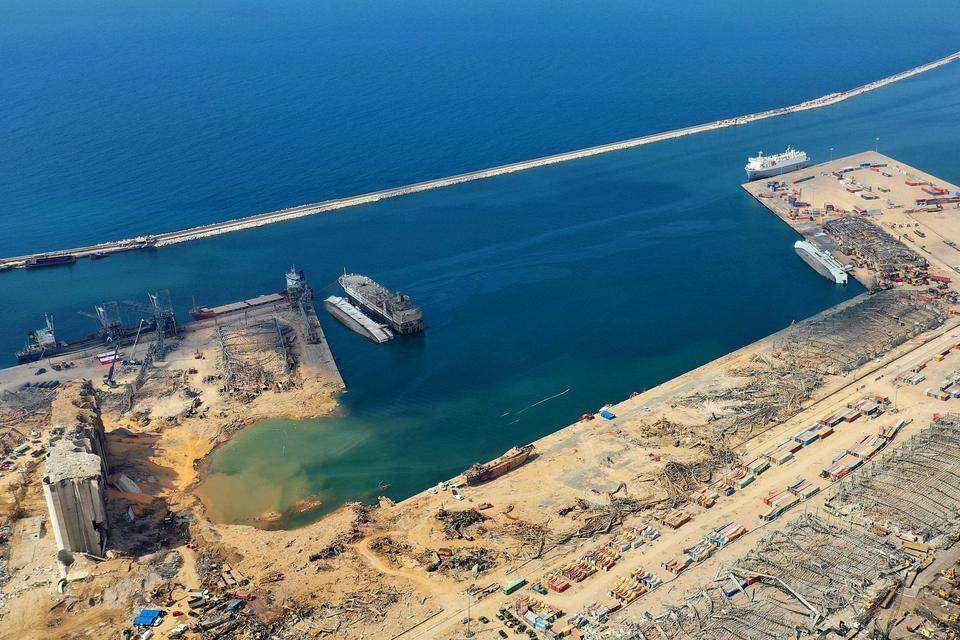Tuossa lähteessä mainitaan vain lahjoittaminen Libanonin armeijalle. Onko lähdettä, missä tuo hävittäminen mainitaan?
Solutions proposed by the officials included exporting the 2,750 tons of ammonium nitrate, which is used in fertilizer and explosives, or
donating it to the Lebanese Army. But the judiciary failed to respond to the letters, the records suggested.
The general manager of Beirut port, Hassan Koraytem, confirmed that in an interview on Wednesday, saying that despite repeated requests from customs and security officials, “nothing happened.”
“We were told the cargo would be sold in an auction,” he added. “But the auction never happened and the judiciary never acted.”
The chemical cache that apparently exploded was not supposed to be in Lebanon, but arrived there on a troubled freighter. Now, Beirut residents are digging out of the devastation, looking for survivors, victims and answers.

www.nytimes.com

www.nytimes.com












